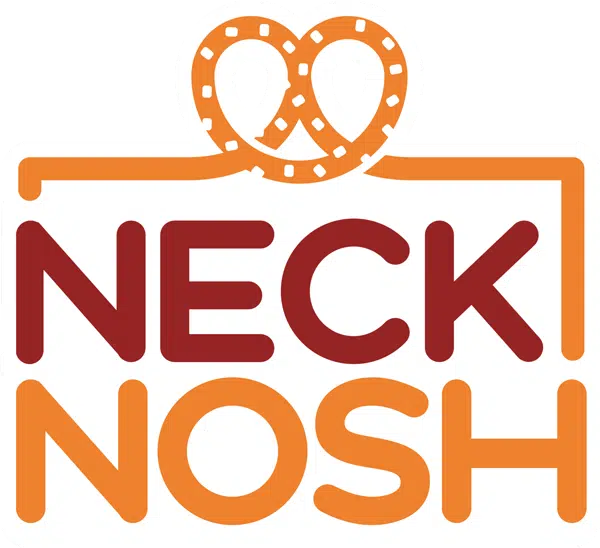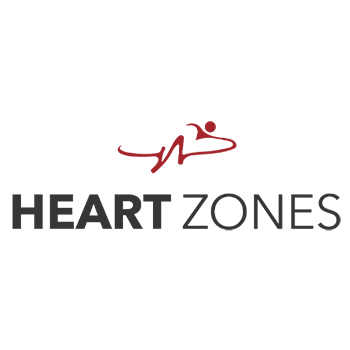Neck Nosh Finds a Flexible Workforce with PRIDE Industries
Neck Nosh is a Sacramento-based manufacturer of pretzel necklaces worn at festivals, concerts, and outdoor events. This “foodie-fun” company’s necklaces have found their way to brewfests, from California to Florida. Erica Humphrey, the company’s owner, seeks to make Neck Nosh a “social purpose business.”
Situation
Due to both COVID-related worker shortages and the seasonal nature of Neck Nosh’s workload, the edible-necklace company needed a flexible, reliable workforce to build its product. Moreover, with long-term experience working with people of diverse abilities, Neck Nosh’s founder specifically sought to hire an inclusive workforce. Seeking a partner with a similar mission, Neck Nosh turned to PRIDE Industries to provide staffing solutions.
Solution
PRIDE Industries provided a flexible, reliable workforce to Neck Nosh, consisting of five employees—three with documented disabilities and one PRIDE Industries job coach. These employees make between 2,000 and 3,000 pretzel necklaces per month—95% of Neck Nosh’s production—allowing the company’s owner to focus on running the business. The consistency of PRIDE Industries’ workforce has also allowed Neck Nosh the time and forethought to streamline their processes.
Services Provided
- Pretzel necklace building
- 5 employees, 3 with a disability
- Recruiting
Results
- 2,000 to 3,000 necklaces made per month
- Flexible workforce has provided business stability
- Skilled and reliable employees with low turnover
- Meeting of Neck Nosh’s goal for a diverse and inclusive workforce

Highlights
“I can't stress enough how important PRIDE Industries’ reliable workforce is and how much stability that has given my business.”
— Erica Humphrey, Owner of Neck Nosh

